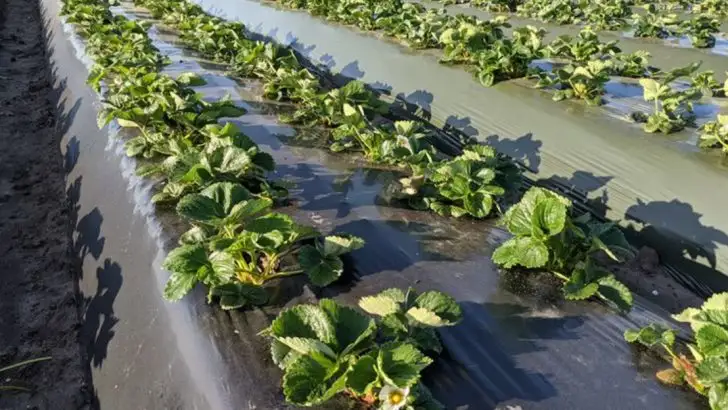Growing healthy crops doesn’t have to mean relying on harsh chemicals. In fact, more and more gardeners are discovering that it’s entirely possible to raise strong, productive plants using natural methods that are better for the environment—and your health.
In this guide, you’ll learn how to grow crops without pesticides, using techniques like companion planting, beneficial insects, crop rotation, and soil health management. These time-proven strategies not only keep pests in check but also create a more balanced and resilient garden ecosystem.
Because when nature works with you—not against you—your harvest thrives naturally.
Companion Planting
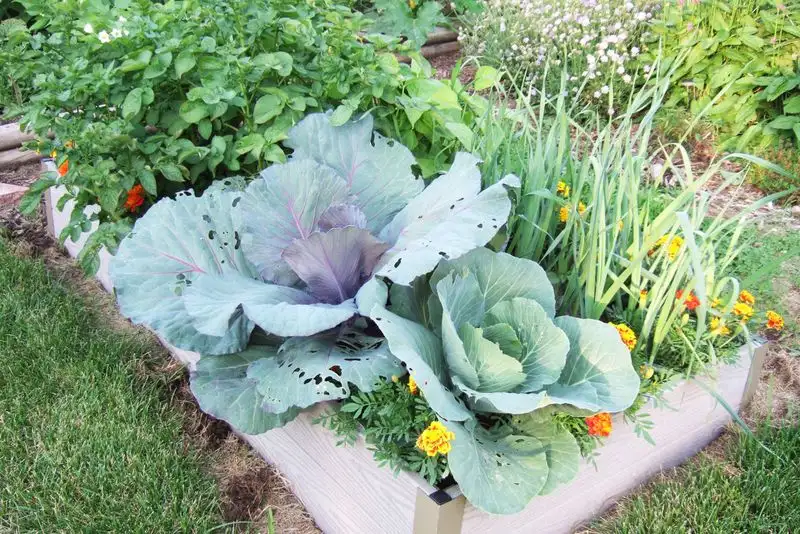
Imagine a garden where plants support each other like old friends. Companion planting uses certain plants to repel pests or attract beneficial insects. For example, marigolds can deter nematodes, while basil enhances the growth of tomatoes.
Not only does this method reduce the need for pesticides, but it also encourages biodiversity. The synergy among plants leads to healthier growth and improved yields. Farmers have observed that these natural partnerships can significantly lower pest infestations.
With thoughtful planning and selection, companion planting turns a simple garden into a dynamic ecosystem, fostering resilience among crops.
Crop Rotation
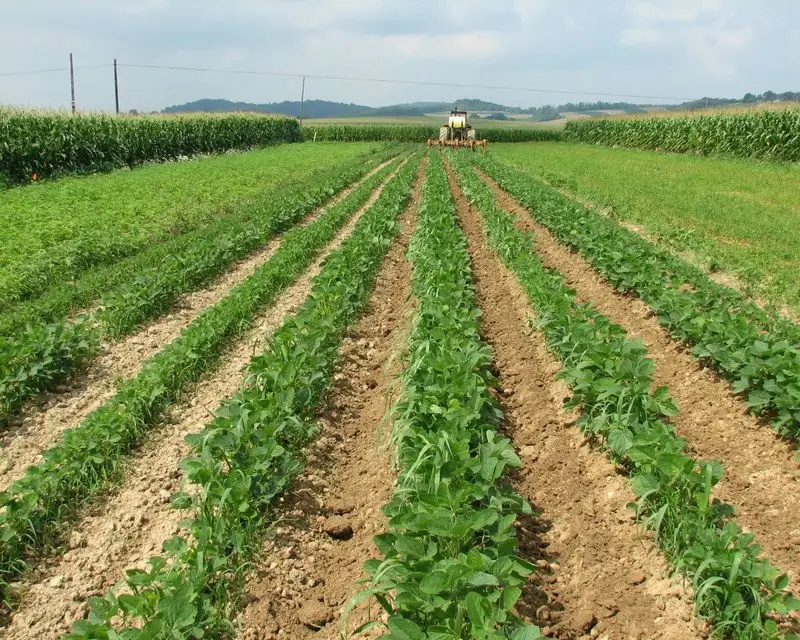
Every season tells a different story with crop rotation. By changing the types of crops grown in each field annually, farmers disrupt pest life cycles and improve soil health. This age-old practice reduces reliance on chemical interventions.
Rotating crops like legumes, which fix nitrogen, enriches the soil naturally. It also helps manage nutrient depletion and prevent soil erosion. In many cultures, this method has been a cornerstone of sustainable agriculture for centuries.
Crop rotation not only benefits the environment but also enhances the farm’s productivity, ensuring a bountiful harvest year after year.
Organic Mulching
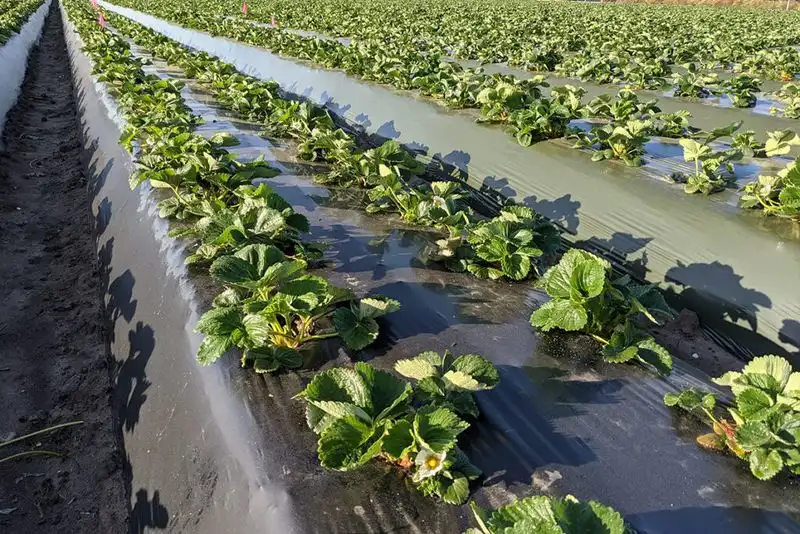
A thick layer of organic mulch acts as nature’s blanket, shielding soil from weeds and conserving moisture. Using materials like straw, leaves, or grass clippings enriches the soil as they decompose.
Mulching provides habitat for beneficial organisms like earthworms, which enhance soil fertility. This simple practice creates a barrier against pests, reducing the need for chemical pesticides.
By maintaining consistent soil temperature and moisture levels, organic mulching helps plants thrive even in challenging conditions. It’s an uncomplicated yet powerful tool for sustainable gardening.
Biological Pest Control

In the world of plants, allies come in unexpected forms. Ladybugs, for instance, are voracious aphid eaters. Biological pest control introduces or encourages natural predators to keep pest populations in check.
This method supports a balanced ecosystem, reducing the necessity for synthetic pesticides. Farmers can attract these beneficial insects by planting diverse crops and providing habitats like hedgerows.
By fostering these natural relationships, biological control creates a self-regulating system where pests are managed effectively without harming the environment or human health.
Neem Oil Sprays
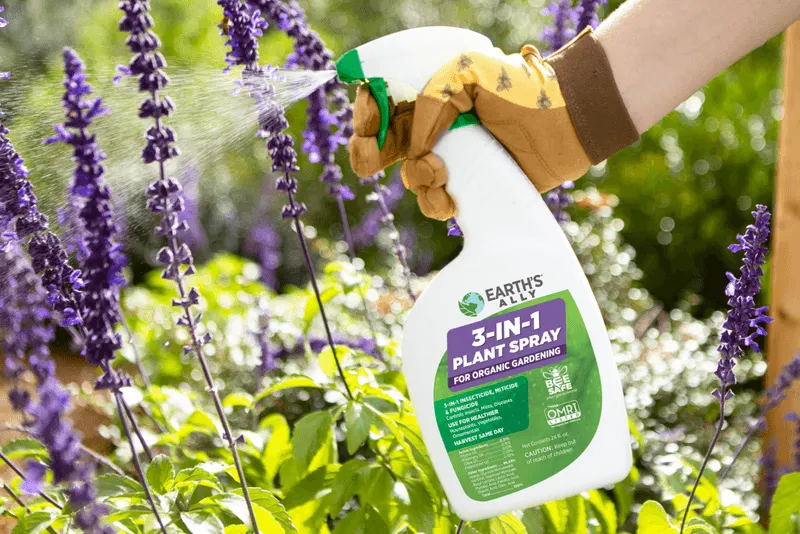
Derived from the seeds of the neem tree, neem oil is a powerful, natural pesticide. It disrupts the life cycle of insects, deterring them from eating or laying eggs on plants.
Unlike chemical alternatives, neem oil is safe for beneficial insects and breaks down quickly in the environment. Farmers often use it in combination with other methods for a holistic pest management approach.
Applying neem oil sprays regularly keeps crops healthy and free from pests, providing an effective shield against infestations without compromising environmental integrity.
Beneficial Insect Habitats
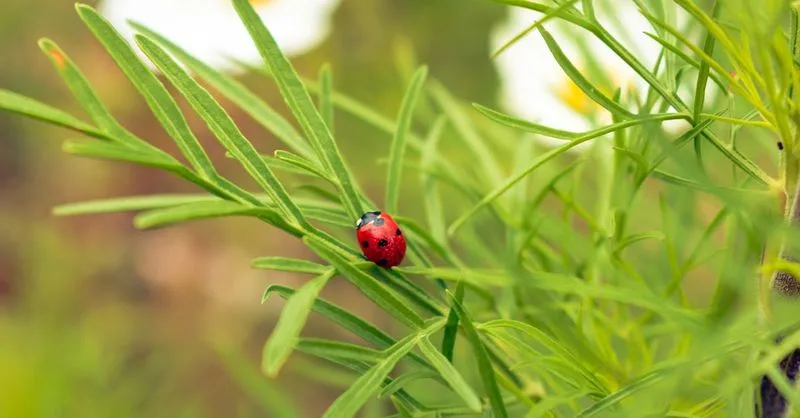
Creating habitats for beneficial insects involves a blend of creativity and ecological insight. Insect hotels, for example, provide shelter for pollinators and natural pest controllers, enhancing biodiversity.
Strategically placing these habitats around crops attracts wasps, bees, and other insects that help control pest populations. This method reduces reliance on pesticides while promoting a lively and balanced ecosystem.
Farmers recognize the value of these habitats in supporting long-term agricultural health, transforming their fields into vibrant havens for insects.
Intercropping
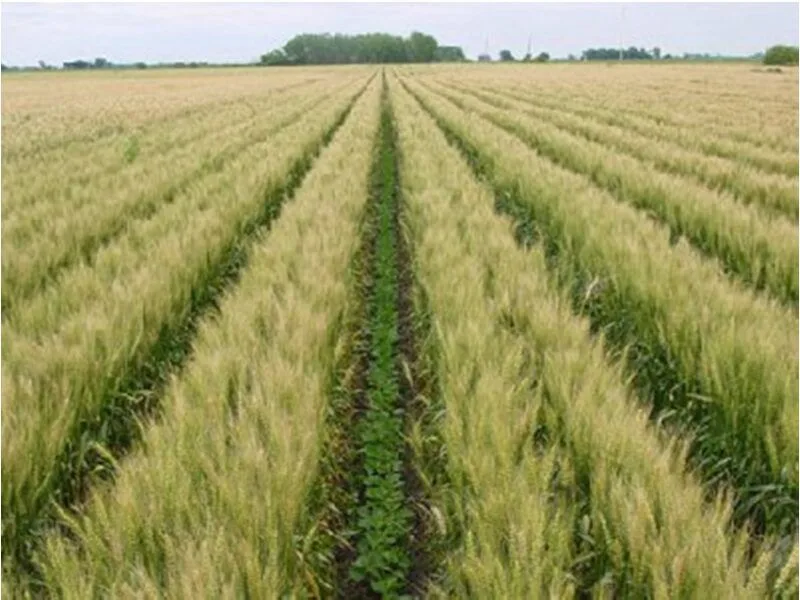
In the dance of agriculture, intercropping is a symphony of diversity. Growing two or more crops together in the same space, like corn with beans and squash, combats pests and maximizes land use.
This method enhances soil fertility and reduces pest outbreaks by confusing insects with mixed plant signals. It mirrors natural biodiversity, leading to healthier crops and optimal yields.
Intercropping requires careful planning and understanding of plant relationships, but the rewards are plentiful. It’s a testament to nature’s harmony and the farmer’s ingenuity.

